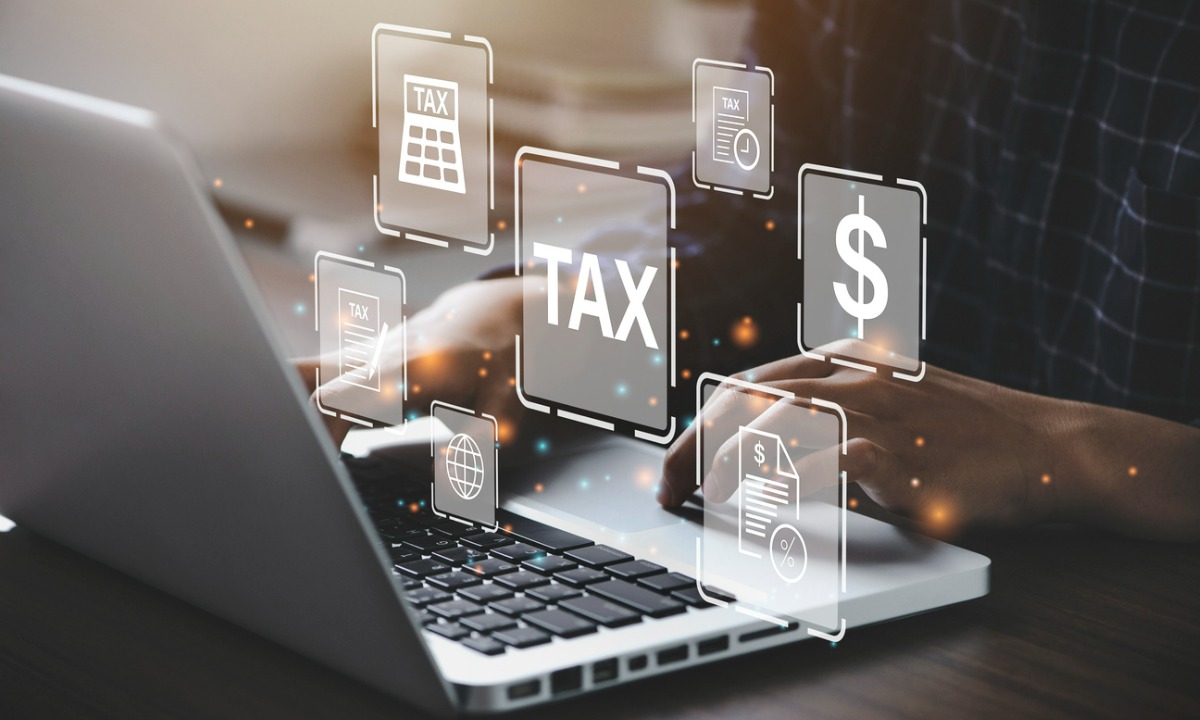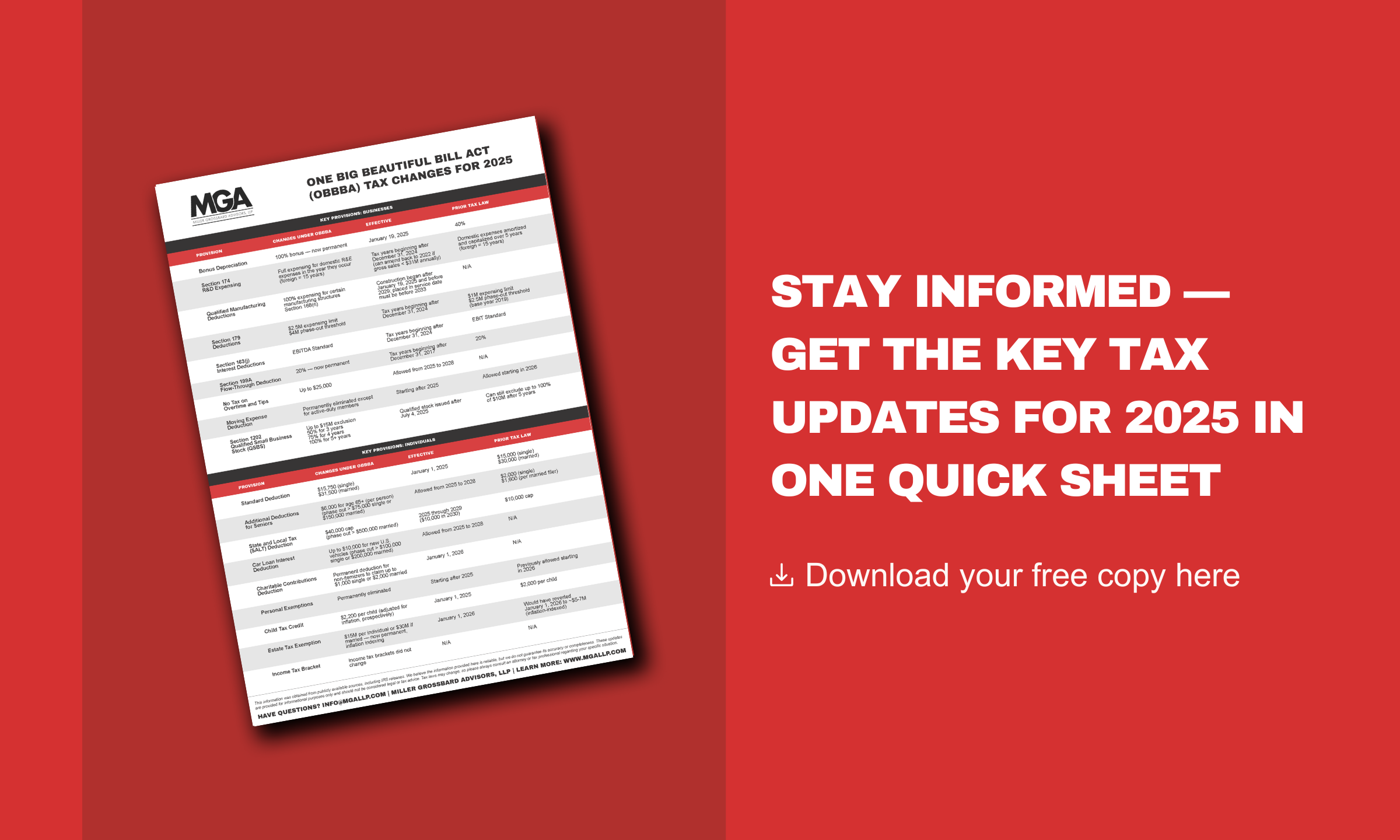Do you need to pay estimated taxes? That depends on your situation.
For those who are self-employed or don't have taxes withheld from their paychecks (or not enough withheld), paying taxes throughout the year can help avoid unexpected year-end tax bills. You may also owe estimated taxes if you receive income that isn't subject to withholding, such as interest income or dividends.
Why are estimated tax payments required, and who must pay them? When are they due? Are there penalties for late payments? These are all important questions that we'll cover here.
What Are Quarterly Estimated Tax Payments?
The U.S. tax system operates on a consistent “pay-as-you-go” method, collecting taxes throughout the year as you earn your income. This makes it easy for most residents to stay on track with their tax payments and ensures they don’t spend that money on something else before tax season rolls around.
For W-2 employees, taxes are automatically withheld from each paycheck. But for taxpayers who are self-employed or have other sources of income where taxes are not withheld, the responsibility falls on them to pay the IRS each quarter.
Who Should Be Making Quarterly Tax Payments?
You are responsible for paying estimated taxes if you receive income from dividends, gains from stocks, earnings from a business, or taxable alimony. Where taxes are not withheld, estimated taxes need to be paid. This is your way of paying your taxes throughout the year.
If you don’t have enough tax withheld from your paycheck, you may also want to consider making quarterly estimated tax payments.
Paying taxes throughout the year can benefit you in ways like:
- Making tax season less stressful since you’ve already taken care of most of your payments
- Helping you manage money by paying as you go to avoid larger payments all at once
- Providing security for you to know your business is well on track with taxes and other costs
When Are They Due?
You may choose to make estimated tax payments throughout the year, and if you do, what are the options? Quarterly estimated tax payments in the U.S. currently fall on the below dates:
- Payment Period: January 1 – March 31; Due Date: April 15
- Payment Period: April 1 – May 31; Due Date: June 15
- Payment Period: June 1 – August 31; Due Date: September 15
- Payment Period: September 1 – December 31; Due Date: January 15 of the following year
Missing a deadline could result in additional fees, so it’s essential to keep track of these dates.
The easiest and most preferred way of making the payments is via a simple e-check on the IRS website. This guarantees that the money is deposited correctly, attributed to your account with the IRS, and made timely with a confirmation.
If you have further questions regarding estimated tax payments, don’t hesitate to reach out to us for more information.
We are here to make the complex simple.
Subscribe Now!
Enjoy reading our articles? Click here to receive instant notifications as we publish new blog posts, videos, webinars, white papers, and more. Or, if you'd prefer monthly updates instead, you can subscribe here.
.png?width=191&name=mgalogofinal-01%20(3).png)





